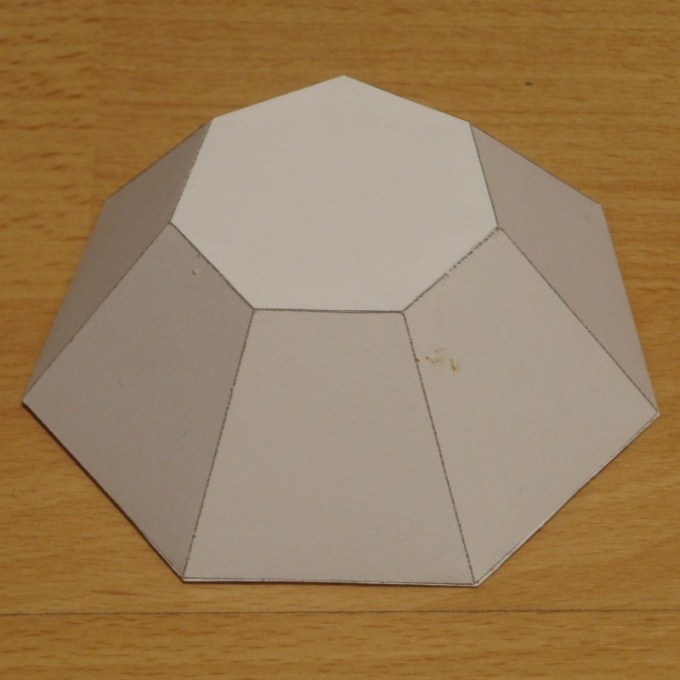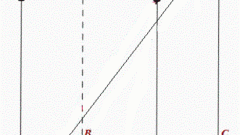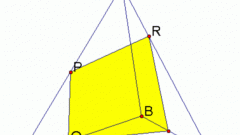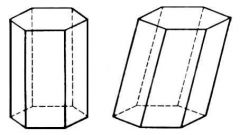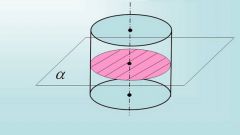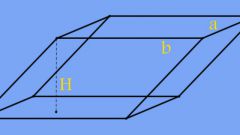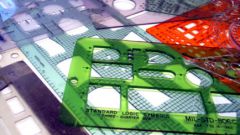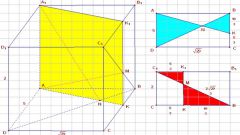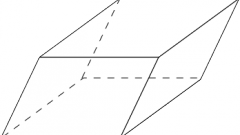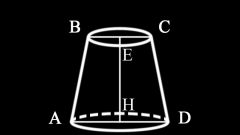Instruction
1
The method of calculating cross-sectional area also depends on data that is already available in the problem. In addition, the decision is determined by what lies at the base of the prism. If you want to find the diagonal section of a prism, find the length of the diagonal, which is equal to the root (the base of the sides in the square). For example, if the base of the sides of a rectangle is 3 cm and 4 cm, respectively, the length of the diagonal is the square root of (4x4+3x3)= 5 cm Area of diagonal lines will find by the formula: diagonal of the base times the height.
2
If the base of the prism is a triangle to calculate the cross-sectional area of the prism use the formula: 1/2 of the base of the triangle multiplied by the height.
3
If the base is round, the cross-sectional area of a prism find the multiplication of the number "PI" in the radius of a given shape on the square.
4
The following types of prisms — right and straight. If you want to find the right section of the prism, you need to know the length of one side of the polygon, because the base has a square whose all sides are equal. Find the diagonal of a square which equals to the square root of two. Then multiplying the diagonal and the height, you will get a cross-sectional area of the right prism.
5
Prism has its own properties. So, the area of the lateral surface of any prism is calculated by the formula where is the perimeter of the cross section perpendicular to the length of a side edge. In this perpendicular cross-section perpendicular to all the lateral edges of the prism, and its corners are line angles of the dihedral angles at the respective side edges. Perpendicular cross-section perpendicular to all the lateral faces.
